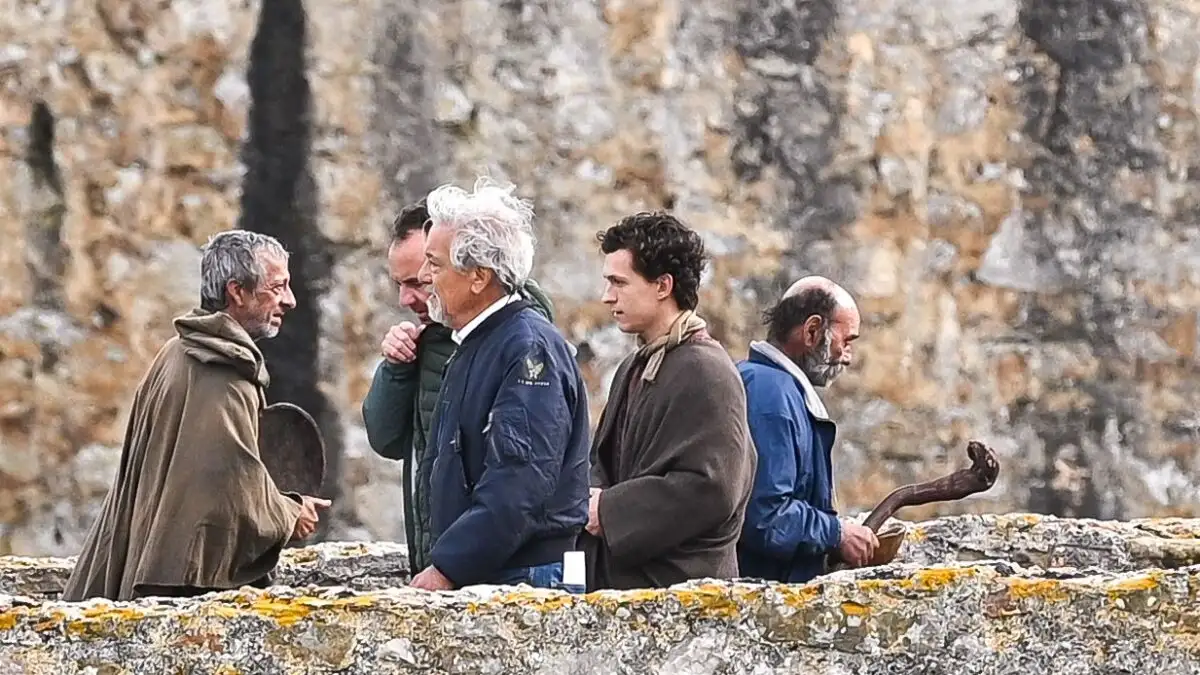Revealing the source of the Eupalinian Tunnel—still flowing after 2,500 years into an ancient reservoir beneath a small chapel in the village of Agiades, Samos. A timeless feat of engineering brilliance.
Zach Marshall / CC BY-SA (https://creativecommons.org/licenses/by-sa/2.0)
If ancient civilizations had their version of the subway, it would undoubtedly be on the island of Samos.
Back in the second half of the 6th century BCE, the ancient Greeks, guided by the brilliant Megarian engineer Eupalinos, carved a 2.5-kilometer-long tunnel through a mountain—starting from two opposite sides. Incredibly, the two teams met in the middle with nearly perfect precision. Not a single significant deviation. It remains one of the most astonishing technical achievements of antiquity.
The Eupalinian Aqueduct: A Timeless Engineering Masterpiece
Moumouza at English Wikipedia / Public domain
To this day, the spring water still flows, collecting in an ancient aqueduct system that feeds into a reservoir located beneath a small chapel in the village of Agiades, Samos. This aqueduct was constructed to supply fresh water to the ancient city of Samos, situated on the southern slope of Mount "Kastro," from the powerful spring on the northern side.
GrigorisKoulouriotis, CC BY-SA 4.0 https://creativecommons.org/licenses/by-sa/4.0, via Wikimedia Commons
What Eupalinos built was more than just a tunnel—it was a complete water supply system stretching 2,385 meters in total, with 1,035 meters running through solid rock via the tunnel. And it worked flawlessly.
Mathematics Quench the Thirst of a City
A fascinating detail: the system includes two parallel tunnels. Initially, the spring's elevation was higher than the main tunnel, allowing gravity-fed flow. But as construction progressed, the spring's water level dropped. Engineers had to adapt by carving a second, smaller tunnel at a lower elevation—connected via vertical shafts from the main tunnel above.
This adaptation highlights the flexibility and foresight of ancient Greek engineers, who weren’t just master builders—they were problem-solvers.
Precision and Geometry Meet Human Grit
Tomisti / CC BY-SA (https://creativecommons.org/licenses/by-sa/4.0)
What makes the Eupalinian Tunnel extraordinary is that it was excavated from both ends simultaneously. Meeting in the middle required exceptional mathematical understanding and surveying accuracy. It’s a geometric challenge that many wouldn't attempt even today without modern tools. Herodotus credits the project to the tyrant Polycrates of Samos, who entrusted the work to Eupalinos—whom he considered one of the greatest architects of his era.
The tunnel features a corridor and a trench, with depth varying from 3.80 meters to 8.90 meters, sloped at 0.6% to ensure the natural flow of water through clay pipes embedded in the floor. From there, water continued via an underground urban pipeline to supply the fountains and cisterns of ancient Samos—today’s Pythagoreio. Traces of this pipe system have been found along the modern road connecting the Eupalinian Tunnel to Pythagoreio.
A Tunnel Dug by Hand… from Both Ends
The tunnel was carved entirely by hand—hammer and chisel—by two teams working from opposite sides of the mountain. It’s estimated that the entire project took between 8 to 10 years to complete. Inside the pitch-black interior, workers relied on oil lamps for light, which not only dimly illuminated their path but filled the narrow space with smoke and fumes.
Eupalinos directed the digging with only basic tools—yet his calculations were so precise that the two teams met nearly seamlessly. Today, inscriptions, letters, and red markings on the walls—along with the names of some of the workers—still survive, silent witnesses to their incredible achievement.
Historical Context and Legacy
Herodotus writes:
“I’ve spoken much of the Samians, for they have accomplished three of the greatest feats of all the Greeks. On a mountain 150 orguia high, they built a tunnel, begun from two ends. Its length is seven stadia; its height and width are eight feet each. Through the entire length, another channel was cut, twenty cubits deep and three feet wide, through which water from a great spring is brought to the city. The architect of this tunnel was Eupalinos, son of Naustrophus, from Megara.”
Modern archaeological excavations, carried out by the German Archaeological Institute in the 1970s, confirmed these accounts. Today, after full restoration, the tunnel is open to visitors with three different routes available for exploration.
Watch the video: Walking through the Eupalinian Tunnel—an underground journey through one of the greatest engineering marvels of the ancient world.












